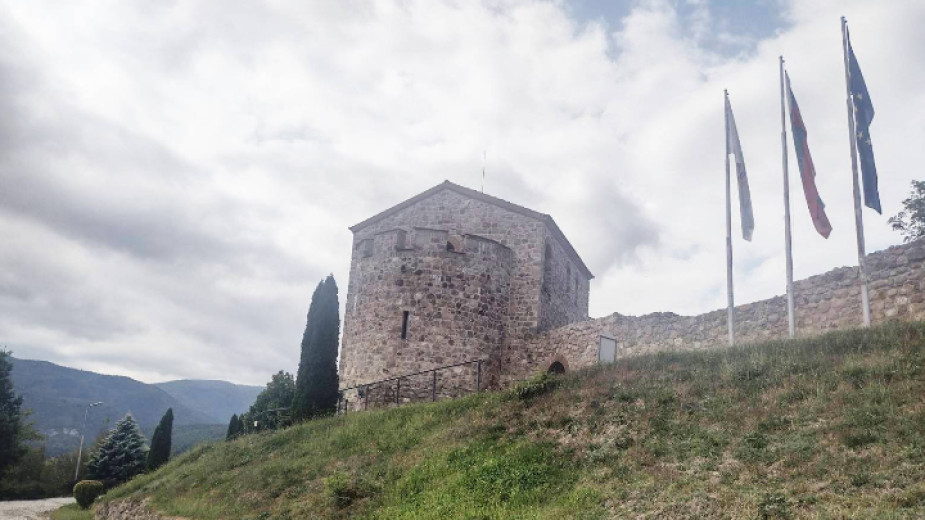 13
13

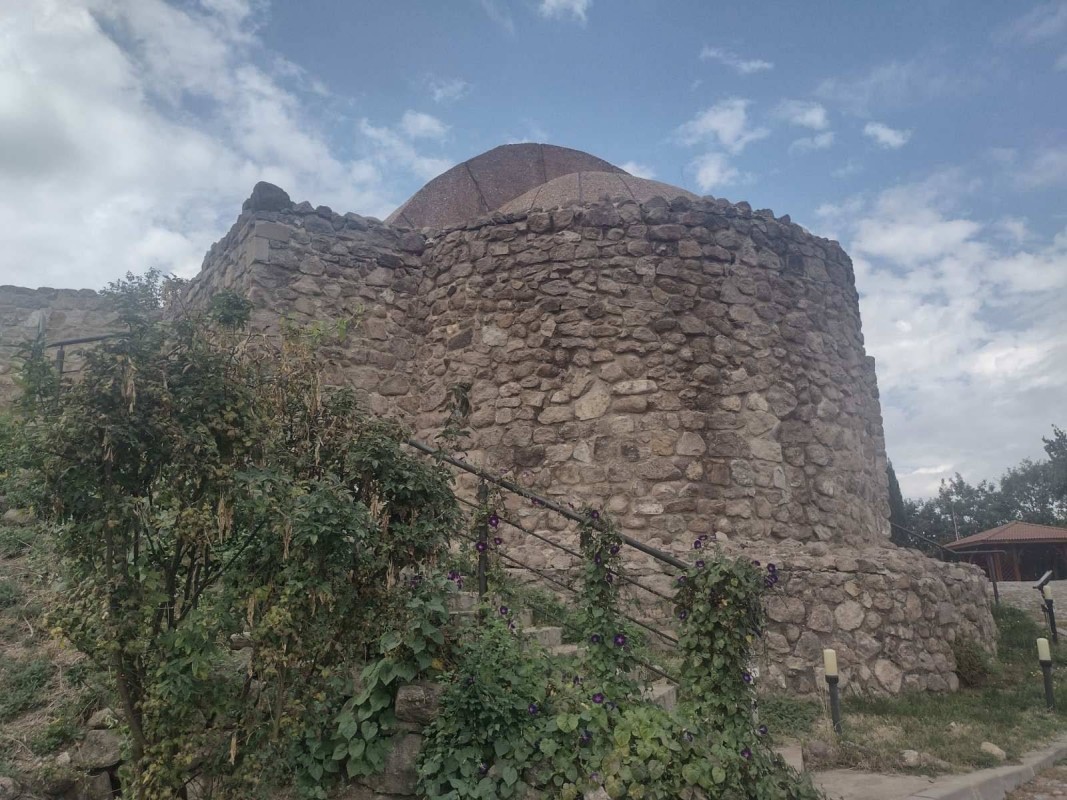
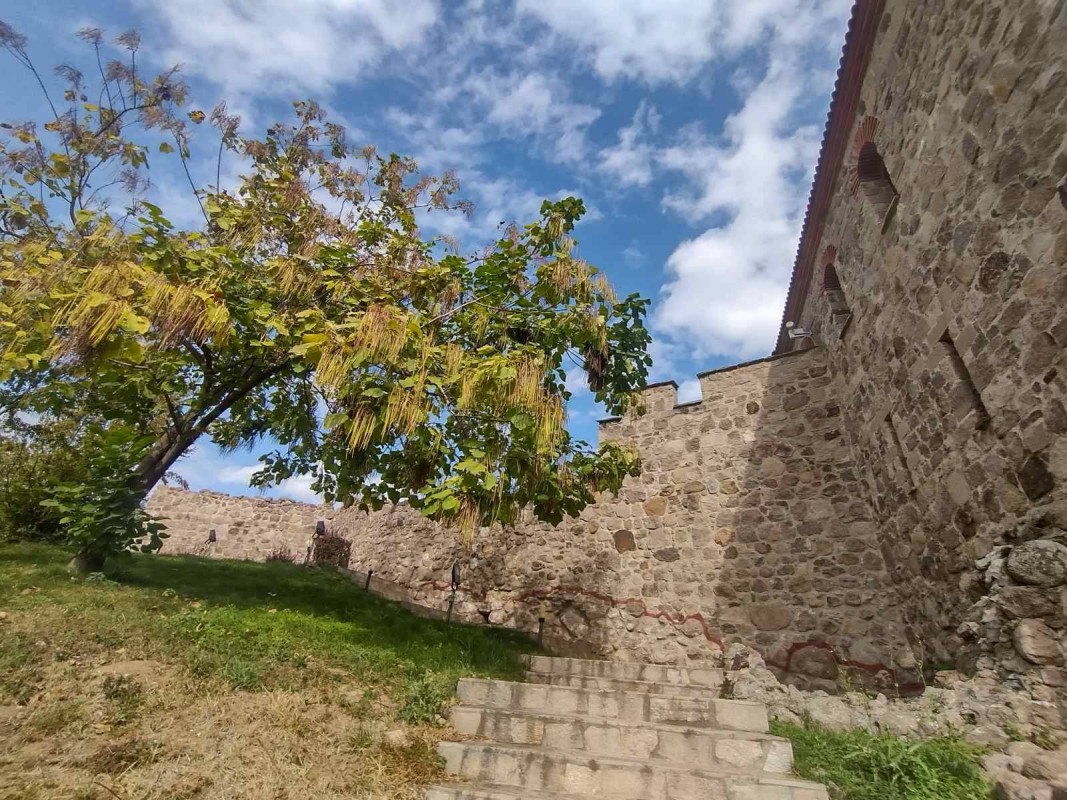
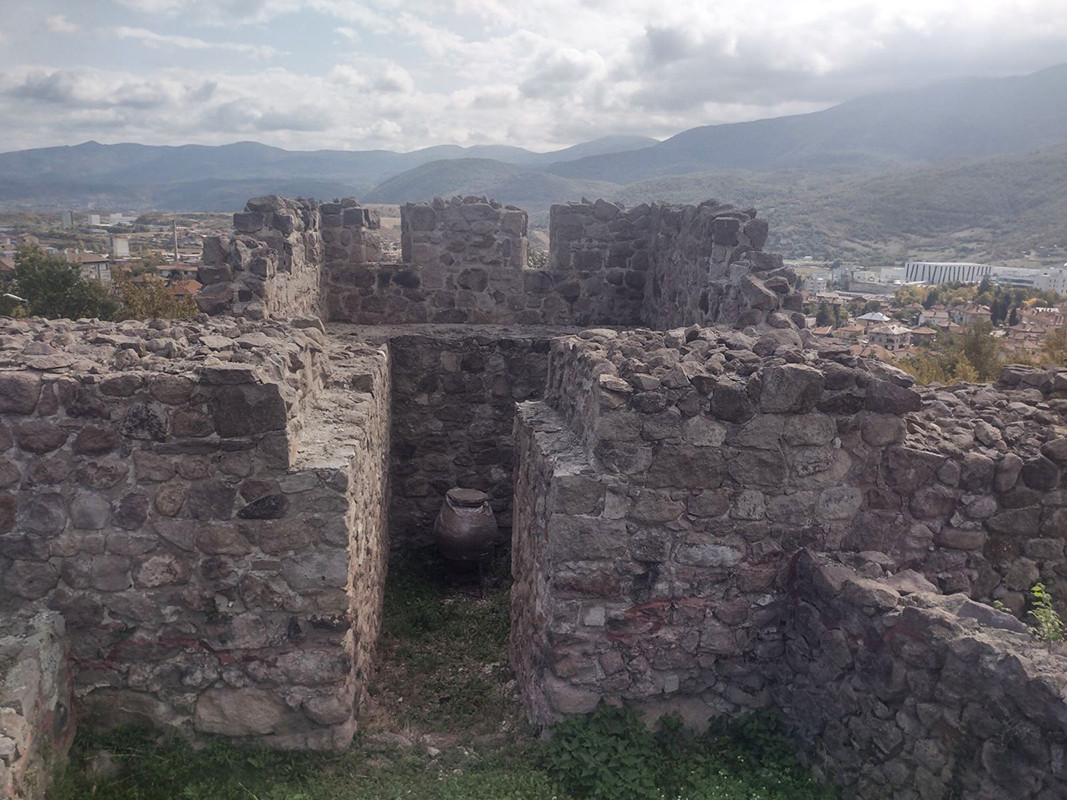
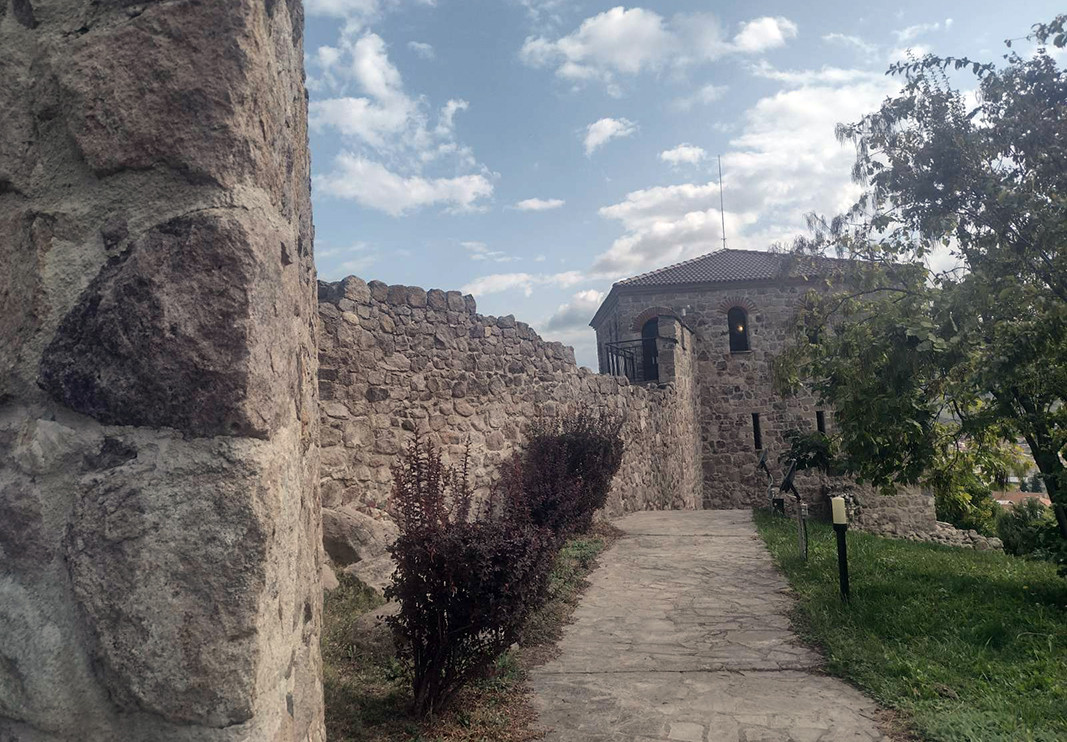
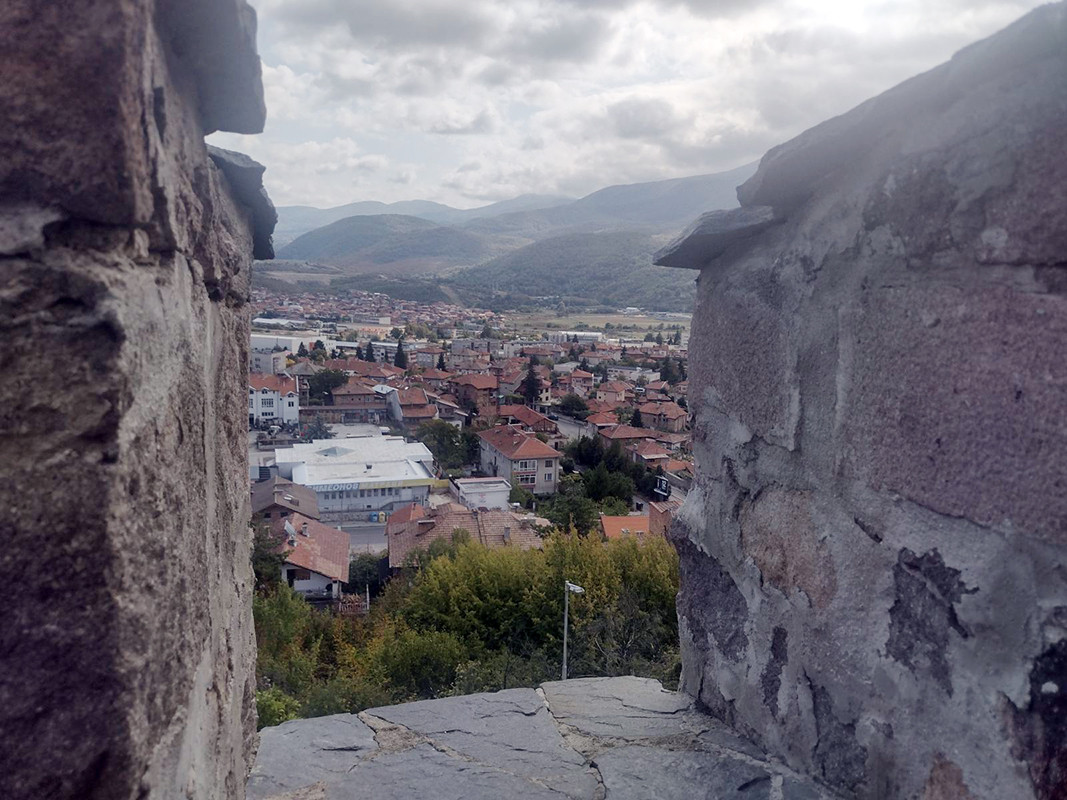
The picturesque town of Elena is located in the middle part of the Balkan Mountains, the so-called Elenski Balkan arae, about 40 km from the medieval capital of Bulgaria - the town of Veliko Tarnovo. It is a must-see for those lovers of Bulgarian..
Immerse yourself in the history, architecture and natural beauties of Bulgaria with the miniatures in the open-air museum "Park Mini Bulgaria" in the town of Veliko Tarnovo - a wonderful opportunity to admire the achievements of our ancestors and..
Less than two hours drive northwest of Sofia, one finds oneself in the timeless nature of Vrachanski Balkan. Lush greenery, picturesque rocky crags, and a lot of history can be found in the piece of land "locked" between the Cherepish..

+359 2 9336 661
